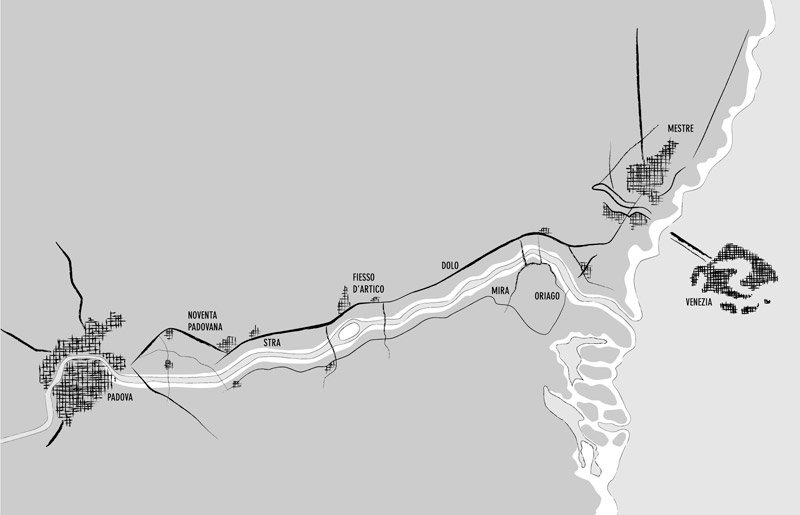
After the disappearance of the Venetian Republic in 1796, decadence occurred along the Brenta Riviera, and the only memories of past splendors were the many villas scattered along the shores of Brenta, the work of notable artists.
Also agriculture, the only economic activity in the area, was declining because peasants preferred to move to town or emigrate abroad. Strà was one of the most abandoned areas of Italy when in 1873 Luigi Voltan was born. Son of a modest shoemaker, the little boy was soon forced to help his father.
But while hands did manual work, the mind wandered about what was happening in other european countries, where new techniques appeared also in the footwear industry, but above all in the New Continent, which was heard from whom was emigrated to, and has sent news.
Determined to learn new techniques in the field of his work, the young man set off. He found employment in the large Boston and Chicago footwear factories, he did all the work until he mastered every little secret. The sacrifices were made more bearable by the desire to return to his land, among his people, to try to improve, with new techniques and mentality, the living conditions of his fellow citizens. And so it happened.
Back in the country, Luigi Voltan built the first factory after importing from North America a part of the plant for the mechanization of footwear's work and at the same time buying edge-trimming machines in Germany. After only a few years the "small" factory had 500 workers. In those days the "SCARPARI DEL BRENTA" were born.
For the population of Strà and its neighboring countries, such as Noventa Padovana, the new activity was of vital importance, in fact, as is often the case in the start-up phases, the social imitation processes were unstoppable. They are the beginning of the district foundation.
The Voltan workers, once they had gone from the pioneer company, set themselves on their own, starting a virtuous circle of knowledge and craft know-how, which was probably the basis for the subsequent development of the city: numerous small laboratories spread across the territory.
The growth of the Brenta Riviera district did not stop until the outbreak of the first war conflict: at this stage, women were also involved in shoe factories to replace men called to arms.
Between the two wars there was a contraction due to the recession of the world economy and the internal political affairs dictated by the establishment of the fascist regime and economic sanctions. Only in the second post-war period the production of the district took off, until it came to the excellence of our days.

